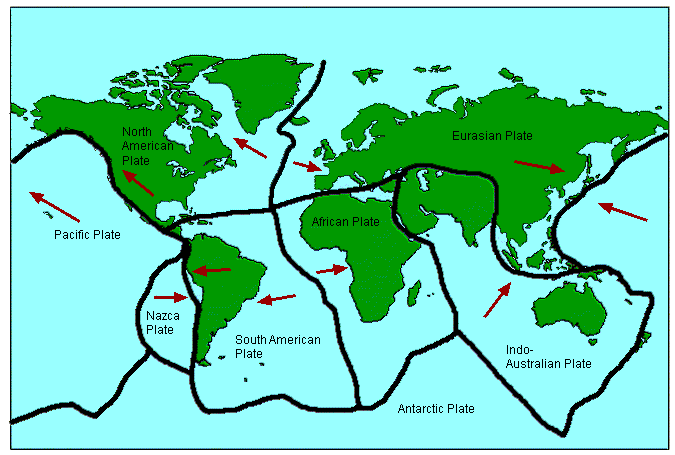The devastating seismic event that struck Japan is affecting the entire world, and even the entire planet. While smoke continues to rise from the catastrophic temblor, Japan seems to have moved 8 feet inland, or even more, according to the USGS.
“That’s a reasonable number,” USGS seismologist Paul Earle told AFP. “Eight feet, that’s certainly going to be in the ballpark.”
Friday’s terrible 8.9 tsunami unleashed a series of terrifying tsunamis that engulfed towns and cities on Japan’s coast, and caused the death of over ten thousand people.
The quake is the tectonic shift resulted from “thrust faulting”, along the boundary of the Pacific and North American plates. The Pacific plate “pushes” under the North American one at a rate of about 3.3 inches (83 millimeters) per year, but a major seismic event, such as this one, can give a significant push, with devastating consequences.
“With an earthquake this large, you can get these huge ground shifts,” Earle said. “On the actual fault you can get 20 meters (65 feet) of relative movement, on the two sides of the fault.”
This earthquake in Japan was just slightly less powerful than the one that killed 250.000 people in Sumatra, but almost 100 times more powerful than the one in Haiti.
“A magnitude 7.0 is much smaller than the earthquake that just happened in Japan,” he said. “We’ve had aftershocks (in Japan) larger than the Haiti earthquake.”
Was this helpful?




